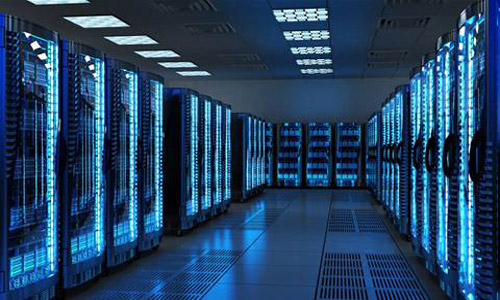A server is a computer or system that provides resources, data, services, or programs to other computers, known as clients, over a network. In theory, whenever computers share resources with client machines, they are considered servers. There are many types of servers, including web servers, mail servers, and virtual servers.
An individual system can provide resources and use them from another system at the same time. This means that a device could be both a server and a client at the same time.
Some of the first servers were mainframe computers or minicomputers. Minicomputers were much smaller than mainframe computers, hence the name. However, as technology progressed, they ended up becoming much larger than desktop computers, which made the term microcomputer somewhat farcical.
Initially, such servers were connected to clients known as terminals that did not do any actual computing. These terminals, referred to as dumb terminals, existed simply to accept input via a keyboard or card reader and to return the results of any computations to a display screen or printer. The actual computing was done on the server.
Later, servers were often single, powerful computers connected over a network to a set of less-powerful client computers. This network architecture is often referred to as the client-server model, in which both the client computer and the server possess computing power, but certain tasks are delegated to servers. In previous computing models, such as the mainframe-terminal model, the mainframe did act as a server even though it wasn’t referred to by that name.
As technology has evolved, the definition of a server has evolved with it. These days, a server may be nothing more than software running on one or more physical computing devices. Such servers are often referred to as virtual servers. Originally, virtual servers were used to increase the number of servers functions a single hardware server could do. Today, virtual servers are often run by a third-party on hardware across the Internet in an arrangement called cloud computing.
A server may be designed to do a single task, such as a mail server, which accepts and stores email and then provides it to a requesting client. Servers may also perform several tasks, such as a file and print server, which both stores file and accepts print jobs from clients and then sends them on to a network-attached printer.
For the next news we gonna share about how the server works!

